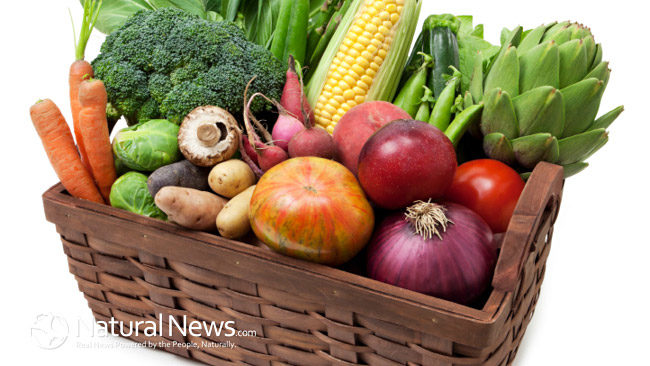The concept behind an alkaline diet is the nutrients in foods and supplements help to keep our blood pH in balance. The pH level of our blood needs to remain slightly alkaline and stay within the range of 7.35 and 7.45. The more acid foods we consume the more our body needs to work to maintain the alkaline advantage. The acidic, we feel sluggish, tired and our body is not as prepared to fight off sickness and disease.
The Main Benefit of an Alkaline Diet
The pH level in our blood is a measure of how alkaline or acidic the blood really is. To provide a context to help provide a framework, the stomach has a pH of close to 0 (the most acidic level) and on the other side of the spectrum, bleach has pH of 14 (the most alkaline). In the middle of the level is distilled water coming in at 7 or neutral.
The way to keep our body in balance is to eat more alkaline foods and less acidic foods. However, this doesn’t mean we are only eating alkaline foods and avoiding acidic foods, it simply means we are making conscious decisions on the types of food we consume now that we have the facts of keeping our pH in balance.
Download a free copy of the Alkaline and Acidic Report (includes alkaline and acidic food chart)
What are Alkaline Foods and What are Acidic Foods?
The first step in making alkaline/acid food choices is to have a good idea of the pH levels of different food options. However, this is not the most important. You need to know how the body reacts to the food you consume is what is the most important factor in determining what food are alkaline or acidic for the body. For example, did you know that both lemons and limes are both acidic, yet once they are consumed in the body they become alkaline in the digestive tract?
So let’s get started with a brief list of the foods within each category. As a rule of thumb, unprocessed foods and food that are basically the way Mother Nature intended tend to be alkaline foods. On the other hand, the more processed the foods, the more acidic it is. Fast food, white rice, etc. lean toward being more acidic.
In addition, also organic foods are alkaline, while the pesticides sprayed on non-organic food tend to push these healthy foods to become more acidic. So that is why you want to consume more pesticide-free and certified organic foods.
What is the Proper Alkaline/Acidic Intake Balance?
Whiles it’s vital to know the importance of eating alkaline foods, your goal shouldn’t be to eliminate all acidic food from your diet. The balance between the two should be 60 – 80% alkaline to 20 – 40% acidic. This will provide your body with the nutrients it needs, the proper alkaline balance and just as important a tasty range of foods to enjoy daily.
Listings of Acid and Alkaline Foods
Check out this brief listing of alkaline and acid foods. This brief list will help you to get started:
Acidic Foods
- Highly Acidic: Beef, beer, ice cream and hazelnuts
- Moderately Acidic: Ketchup, cranberries, coffee and cottage cheese
- Low Acidic: Milk, sesame oil, shell fish and black tea
- Extremely Low Acidic: Spinach, fish, figs and brown rice
Alkaline Foods
- Highly Alkaline: Limes, onions, pineapples, raspberries, lemons and watermelon
- Moderately Alkaline: Apples, carrots, grapefruit, kale and honeydew melons
- Low Alkaline: Mushrooms, pears, potatoes and pickles
- Extremely Low Alkaline: Oats, beets, blueberries and olive oil
Download a free copy of the Alkaline and Acidic Report (includes alkaline and acidic food chart)





